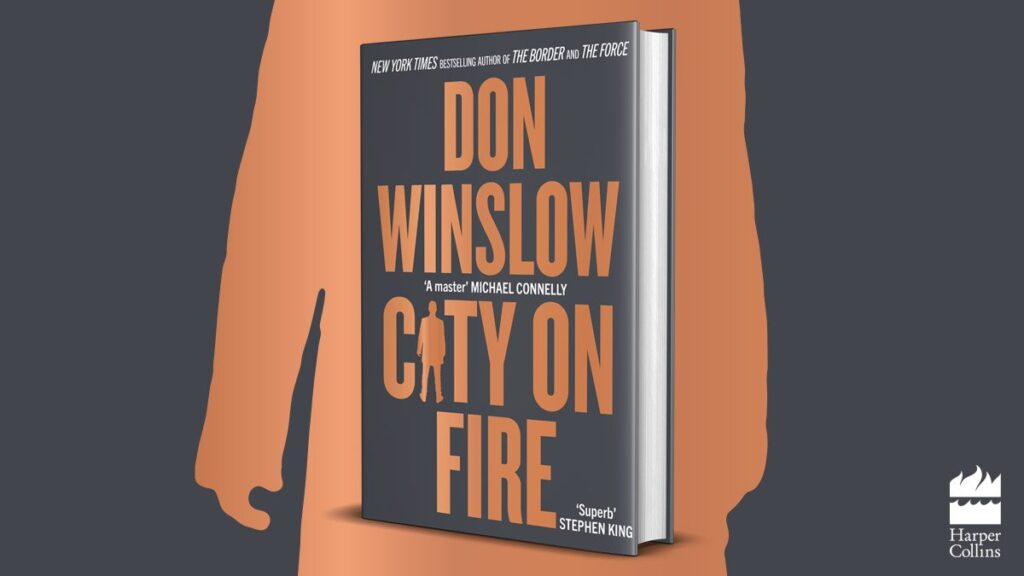 In the still of the night and at weekends here in my flat at the Barbican I can hear the bells of St Paul’s either marking the hour or summoning the faithful to prayer. Today, surrounded by proud towers of glass and steel, it is hard to imagine how much the cathedral dominated the skyline of the City in the 1930s. Some might say its spiritual power has diminished as its fluted dome has slowly disappeared behind the monuments to Mammon. Today, however, to walk beneath its vaulted ceilings or simply past its vast walls of Portland stone – now free of scaffolding for the first time in 15 years – still fills you with a sense of awe whether or not you’re religious.
In the still of the night and at weekends here in my flat at the Barbican I can hear the bells of St Paul’s either marking the hour or summoning the faithful to prayer. Today, surrounded by proud towers of glass and steel, it is hard to imagine how much the cathedral dominated the skyline of the City in the 1930s. Some might say its spiritual power has diminished as its fluted dome has slowly disappeared behind the monuments to Mammon. Today, however, to walk beneath its vaulted ceilings or simply past its vast walls of Portland stone – now free of scaffolding for the first time in 15 years – still fills you with a sense of awe whether or not you’re religious.
I first experienced the spooky acoustics of the Whispering Gallery as a schoolboy in the 1970s. Sound travels round the dome so that a whisper can be heard by anyone pressing their ear to the wall. Forty years on I realised what a resonant title it would make for a novel. Besides, it would be ridiculous to write about the City and not exploit the beauty and power of Sir Christopher Wren’s Masonic masterpiece. It is no coincidence that The Whispering Gallery is partly about the effect that beauty has on the beholder.
However, I was determined to make St Paul’s more than just a picturesque backdrop to the action of the novel. When I discovered that the famous dome is in fact three domes – an outer dome of lead and stone that once seemed to touch heaven itself; a brick spire that holds up the lantern at the very top of the cathedral; and, sixty feet below the outer one, an internal dome decorated with scenes from the life of St Paul in grisaille and gold – I thought it only right that The Whispering Gallery should actually tell three stories instead of just one. Architecture and crime writing both employ the art of illusion.
As the central instalment of a proposed trilogy, The Whispering Gallery, while being a stand-alone novel, also had to look back to the events of the first part, narrated in Snow Hill, and look ahead to the third. In other words it had to continue the story of Johnny Steadman and his relationship with his best friend PC Matt Turner and his wife Lizzie. I thought it important not to underplay what had happened to them: actions have consequences that we have to live with for the rest of our lives. At the same time, though, I had to sow the seeds of at least some of the action of the third novel.
Johnny’s inner life provides one part of The Whispering Gallery – rumours about what happened to him in Snow Hill turn his world into another kind of whispering gallery: Fleet Street, after all, thrives on gossip and a good crime reporter like Johnny always has his ear to the ground.
The second part of the novel concerns the deaths of two men in the cathedral. Johnny, waiting to propose to his girlfriend, Stella, narrowly misses being crushed by a man who appears to have jumped from the gallery. Unfortunately, a priest is not so lucky. Johnny has not only to discover whether the jumper intended to kill the cleric but also whether he jumped or was pushed.
The third and final part of the novel is provided by a killer who always talks in a whisper. Why? What he does to the women in his underground gallery is meant to give the reader nightmares. The lunatic certainly scares the hell out of Johnny when he learns that he is to be the final victim.
Please note that I have scrupulously avoided going into too much detail about what happens to the abducted women. Far too many modern crime novels dwell on the degradation of women. I was determined not to add to what can only be described as “torture porn”.
And as for the Cave of the Golden Calf – the location for a scene of mind-blowing decadence – it really did exist and rivers of rats like the one that Johnny has to cross as dawn breaks across the City are well-documented. This time I freely confess I went into as much gory detail as I could.
Happy reading!
Mark Sanderson


